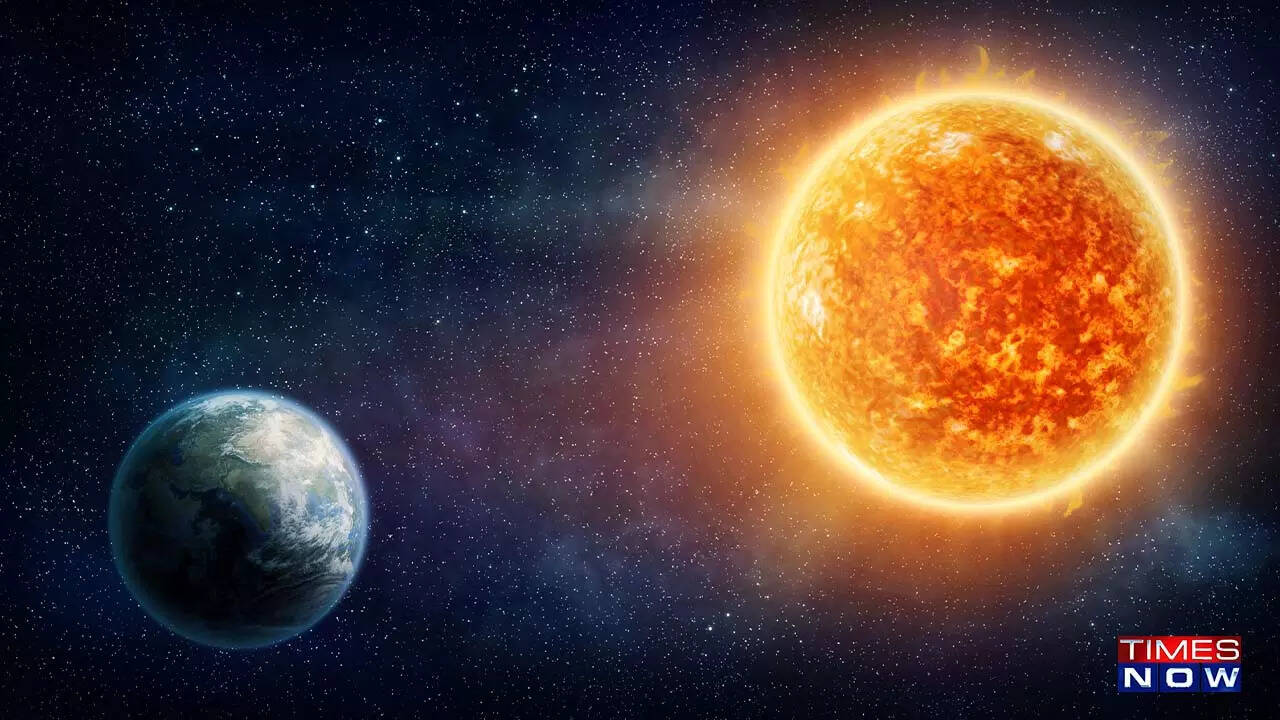The Sun has 8 billion years left, Earth not so much; European Space Agency data reveals
The ESA team looked for stars with temperatures, surface gravities, compositions, masses, and radii that are all similar to the present-day Sun. They found 5863 stars that matched their criteria. This also brings a ray of hope for life as we know it, as chances of finding a habitable planet like Earth amongst these 5863 stars similar to our Sun are always there.

The Sun is not going to be around forever, and scientists are now able to predict what lies in the future of the Star that powers our Solar System. While we will not be around to witness it, it's important to understand the situation.
European Space Agency's (ESA) star mapping GAIA mission now gives us a look into the future of the Sun, by identifying stars of similar mass and composition and predicting how our Sun is going to evolve in the future. Earth though has lesser time than the Sun, let's find out what the future holds.
We already know that 'Nuclear Fusion' is what powers the Sun. The Sun will continue to grow hotter and hotter over the next few billion years and eventually run out of hydrogen, in its core. The core will then contract to bring in hydrogen, forming a hydrogen shell.
While the core is busy contracting, the outer atmosphere of the Sun will begin to expand considerably, it will inundate Earth and even engulf Mars, turning the Sun into a Red Giant. As the Sun's core, eventually runs out of hydrogen and helium, it will eject all of its outer material to form a planetary nebula, meanwhile, the core will collapse into a white dwarf.
While this is based on how other stars have evolved over the period of time, it is important for the inhabitants of Earth to at least have an idea about the future of our planet and the Sun.
The GAIA mission
ESA's GAIA mission's third and latest data release (DR3) shares some insights on the timeline of the Sun's life. "One of the major products to come out of this release was a database of the intrinsic properties of hundreds of millions of stars. These parameters include how hot they are, how big they are, and what masses they contain"
What GAIA mission does is to take accurate readings of a star's apparent brightness from Earth, and color, and plot it onto a single diagram known as the Hertzsprung-Russell (H-R) diagram. An HR diagram plots a star’s intrinsic luminosity against its effective surface temperature. In doing so, it reveals how stars evolve throughout their long life cycles.
While the mass of a star changes very little during its lifetime, the temperature and size do change vastly as the star ages, driven by the type of nuclear fusion reactions taking place in the core. At an age of 4.57 billion years, our Sun is in its middle age and stable. However, as time passes as Sun ages, this stability will change. This is where the latest data (DR3) from the GAIA mission comes in.
Orlagh Creevey, Observatoire de la Côte d’Azur, France, and collaborators from Gaia’s Coordination Unit 8, combed the data looking for the most accurate stellar observations that the spacecraft could offer. They concentrated their efforts on stars that have surface temperatures of between 3000K and 10 000K because they are broadly similar to the Sun, which has a surface temperature of 6000K. Additionally, these are the longest-lived stars in the Galaxy and hence can reveal the history of the Milky Way. They are also promising candidates for finding exoplanets.
The team then filtered the results to only show those stars that had the same mass and chemical composition as the Sun. Since they allowed the age to be different, the stars they selected ended up tracing out a line across the H-R diagram that represents the evolution of our Sun from its past into its future. It revealed the way the Sun will vary its temperature and luminosity as it ages.
The results show that our Sun will reach a maximum temperature at approximately 8 billion years of age, then it will cool down and increase in size, becoming a red giant star around 10–11 billion years of age. The Sun will reach the end of its life after this phase when it eventually becomes a dim white dwarf.
How much time does Earth have?
While the Sun has 8 billion years ahead of it, Earth has considerably less amount of time at 1 billion years. This is because the brightness and temperature of the Sun are increasing by 10 percent every billion years; while 10 percent seems insignificant, it will make Earth so hot that the planet will become inhabitable for any type of life form.
Orlagh and colleagues looked for stars with temperatures, surface gravities, compositions, masses, and radii that are all similar to the present-day Sun. They found 5863 stars that matched their criteria. This also brings a ray of hope for life as we know it, as chances of finding a habitable planet like Earth amongst these 5863 stars similar to our Sun are always there.
At the moment, we do not know if there is a planet that can harbor life, but the search is on.
Trending:
End of Article
Subscribe to our daily Newsletter!
Related News





ChatGPT Down? Users Say OpenAI Chatbot Not Working

TikTok To Be Banned In US, Here Is How China May React

WhatsApp Will Exit India If Forced To Break Encryption, Meta-owned App Warns

Reddit Down: Server Errors Confirmed by Company, User Reports

NASA Hubble Telescope Turns 34: Shares Image Of Mesmerising Little Dumbbell Nebula








